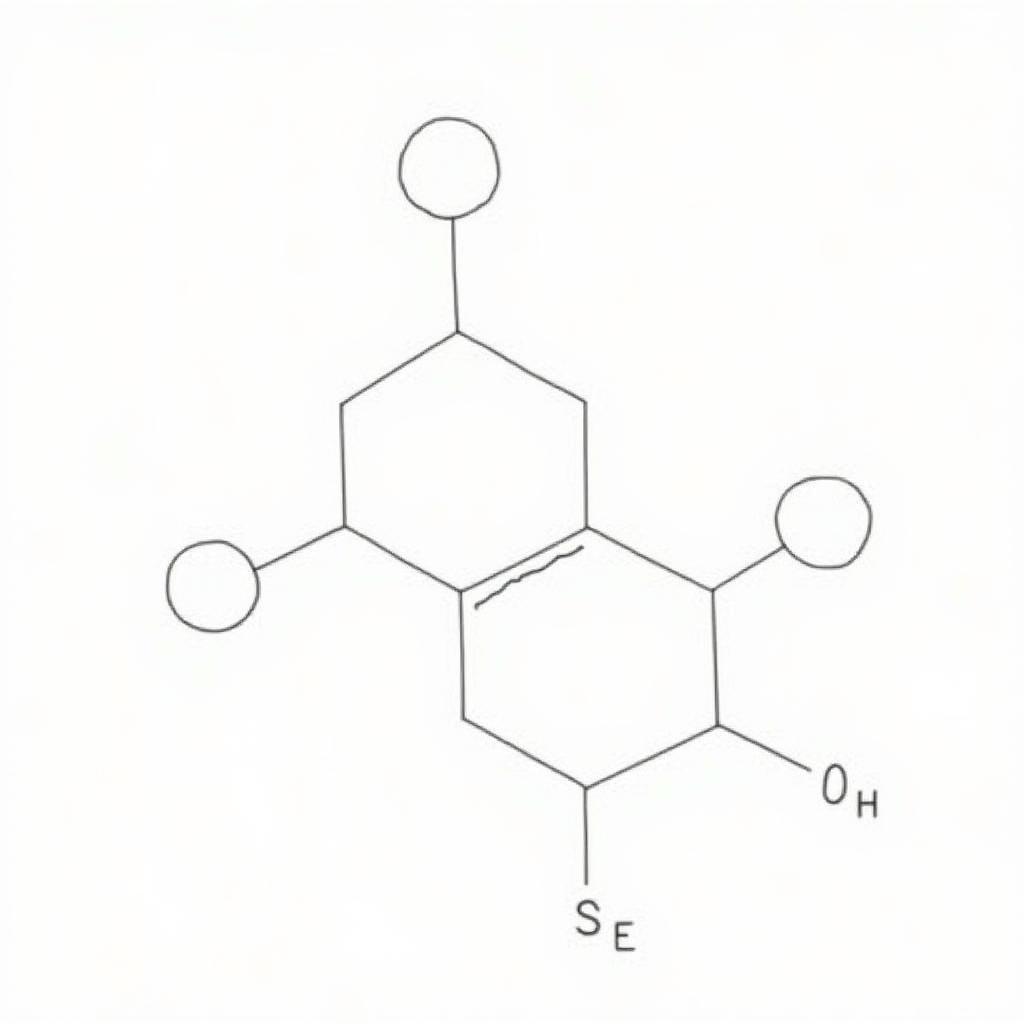K Bohn and A Haaland J Organomet Chem 5 1966 470e476: A Deep Dive into Early Organometallic Chemistry
October 16, 2024The paper “K Bohn and A Haaland J Organomet Chem 5 1966 470e476” represents a pivotal piece of research within the field of organometallic chemistry. Published in 1966, this study by K Bohn and A Haaland delved into the structural analysis of organometallic compounds, contributing significant insights into the nature of metal-carbon bonds. This article aims to explore the key findings of this research and its lasting impact on the field.
Understanding the Significance of Organometallic Chemistry
Organometallic chemistry, a fascinating subdiscipline of chemistry, focuses on compounds containing metal-carbon bonds. These compounds, often exhibiting unique properties, play crucial roles in various applications, including:
- Catalysis: Many industrial processes, such as the production of polymers and pharmaceuticals, rely heavily on organometallic catalysts.
- Materials Science: Organometallic compounds are used to create new materials with tailored properties, like semiconductors and superconductors.
- Medicinal Chemistry: The development of novel drugs and therapies increasingly utilizes organometallic compounds.
Understanding the structure and bonding in these compounds is paramount for harnessing their full potential.
 Organometallic Compound Structure
Organometallic Compound Structure
K Bohn and A Haaland’s Groundbreaking Research
In their 1966 paper published in the Journal of Organometallic Chemistry, Bohn and Haaland utilized various spectroscopic techniques, including X-ray diffraction, to investigate the structural intricacies of organometallic compounds. Their research focused on determining bond lengths, bond angles, and the overall geometry of these molecules.
The paper provided crucial data on the nature of metal-carbon bonds, revealing that these bonds were not purely ionic or covalent but exhibited characteristics of both. This finding was groundbreaking and challenged the existing understanding of chemical bonding within organometallic compounds.
Lasting Impact and Contributions
The research by Bohn and Haaland has had a lasting impact on the field of organometallic chemistry. Their meticulous work laid the foundation for:
- Advanced Characterization Techniques: The study highlighted the importance of advanced spectroscopic methods in elucidating the structure of organometallic compounds, paving the way for the development and application of more sophisticated techniques.
- Theoretical Understanding of Bonding: The insights into the nature of metal-carbon bonds fostered further theoretical investigations and computational modeling, leading to a deeper understanding of these unique chemical interactions.
- Rational Design and Synthesis: A clear understanding of structure-property relationships, stemming from accurate structural analysis, is crucial for the rational design and synthesis of novel organometallic compounds with desired properties.
Conclusion
The publication “K Bohn and A Haaland J Organomet Chem 5 1966 470e476” stands as a testament to the importance of fundamental research in advancing scientific knowledge. This groundbreaking study provided crucial insights into the structure and bonding of organometallic compounds, contributing significantly to the growth and development of this vital field of chemistry. The legacy of Bohn and Haaland’s work continues to inspire and guide researchers in their quest to unravel the complexities of the molecular world and harness the potential of organometallic compounds for various applications.
For any inquiries or assistance, please contact us at:
Phone Number: 0396443476
Email: [email protected]
Address: 23 Thang 3, Dak Nia, Gia Nghia, Dak Nong, Vietnam.
We have a 24/7 customer support team ready to assist you.